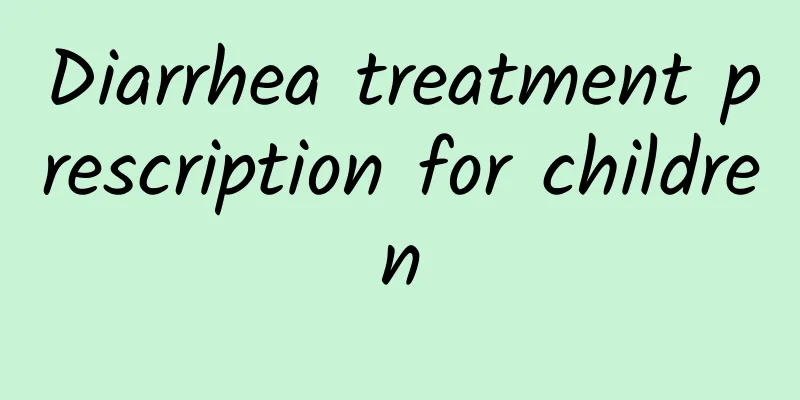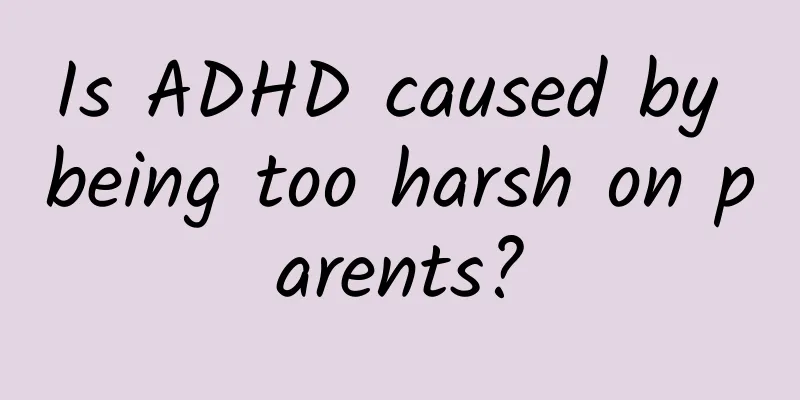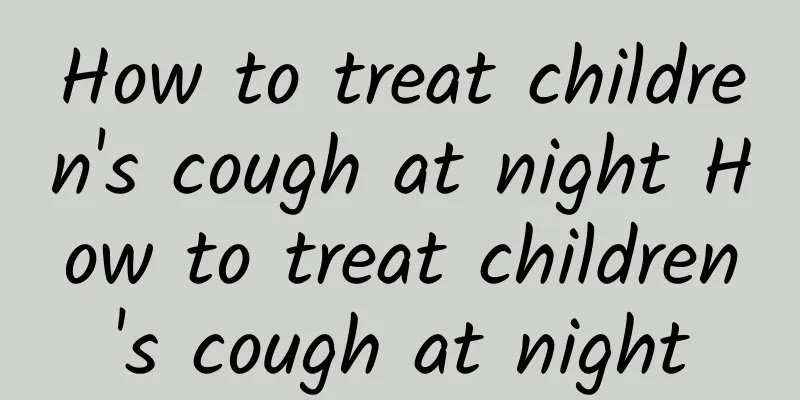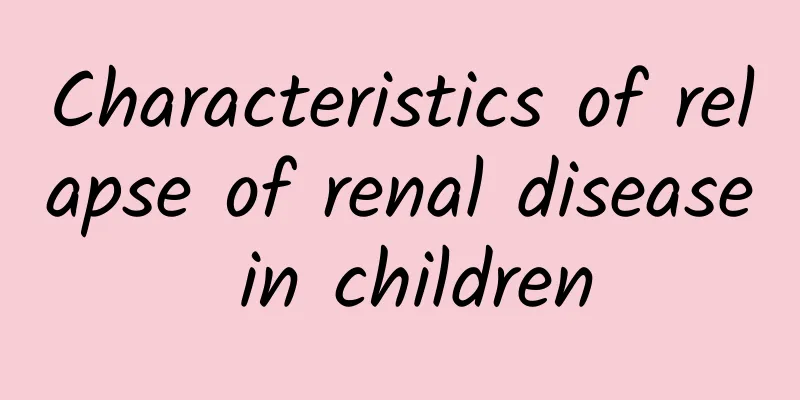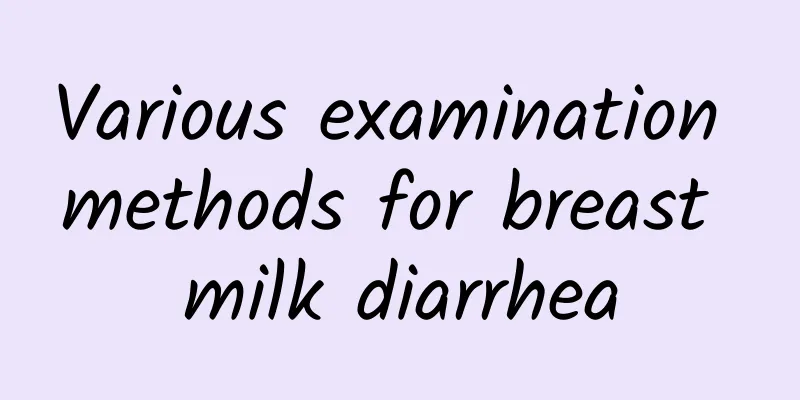What are the symptoms of Kawasaki disease?
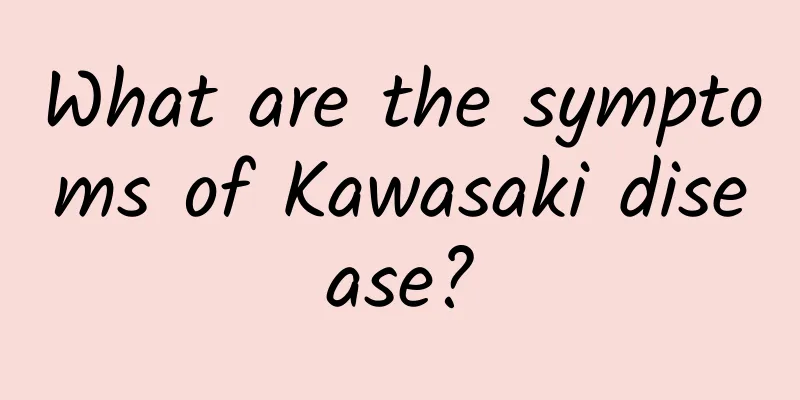
|
Kawasaki disease is an acute inflammatory disease that primarily affects children and usually causes inflammation of blood vessels throughout the body. You may be curious about the specific symptoms of this disease. In fact, the symptoms of Kawasaki disease vary, often confusing parents. Symptoms of Kawasaki disease are usually divided into three stages. In the acute stage, the child may have a high fever that lasts for more than five days and does not go away. The child's eyes may become red, like conjunctivitis, but without the discharge. The lips may also become dry and cracked, and red spots similar to strawberries may appear on the tongue. Swollen lymph nodes in the neck are also common. Next is the subacute phase, during which symptoms may ease, but new problems may also arise. For example, the skin on the hands and feet may begin to peel, especially on the fingertips and toes. At this time, parents may find that the palms of their children's hands and soles of their feet become abnormally red and swollen. Heart-related complications may also occur at this stage, such as coronary artery aneurysms, which are one of the most worrying complications of Kawasaki disease. Finally, there is the recovery period, during which symptoms gradually subside and the child's condition slowly returns to normal. However, even after symptoms disappear, changes in the coronary arteries may persist, so regular heart checks are needed to ensure there are no long-term cardiovascular problems. It is important for parents to detect and treat Kawasaki disease in a timely manner, as early treatment can significantly reduce the risk of cardiac complications, especially with the use of immunoglobulin. If you find your child has the above symptoms, especially if the fever persists, it is recommended to see a doctor as soon as possible for a detailed examination. By understanding the symptoms of Kawasaki disease, we can better identify and respond to this disease and protect our children's health. If you have more questions about Kawasaki disease or other health issues, please feel free to consult a professional doctor. I hope this article can provide you with useful information and help you better understand Kawasaki disease. |
Recommend
Instructions for use of Weileda Cold Granules: 3 things to note when using Weileda Cold Granules
Weileda Cold Granules are mainly applicable to in...
How to do primary prevention of Kawasaki disease
Kawasaki disease is a disease that appeared in Ja...
The current cure rate of eczema in children
What is the current cure rate for pediatric eczem...
What are the common symptoms of phenylketonuria?
The "killer" of baby intelligence - neo...
What are the symptoms of baby pneumonia? Four common symptoms of childhood pneumonia
What are the symptoms of baby pneumonia? There ar...
What should I do if my five-month-old baby has a cough and phlegm? ...
A five-month-old baby is still very small, and hi...
What are the symptoms of congenital megacolon in newborns?
Hirschsprung's disease is a congenital diseas...
What to do if children have chapped and peeling lips? Does applying lipstick work if children have chapped and peeling lips?
Some children are prone to chapped lips due to la...
What are the causes of nutritional deficiencies?
Deficiencies in micronutrients such as vitamin A ...
What are the signs of eczema in children?
What are the signs of eczema in children? No matt...
The latest treatment for pneumonia in children
I believe many people have heard of pneumonia, be...
What are the folk remedies for treating children's cough? What are the treatments for children's cough?
1. Radish and scallion white can treat cold and c...
What are the clinical manifestations of acute laryngitis in children?
What are the clinical manifestations of acute lar...
How much does it cost to cure ADHD?
The cost of treating ADHD depends on factors such...
What medicine is better for children with cough and sputum? What are the possible causes of children's cough and sputum?
Coughing and sputum in children is a very common ...
